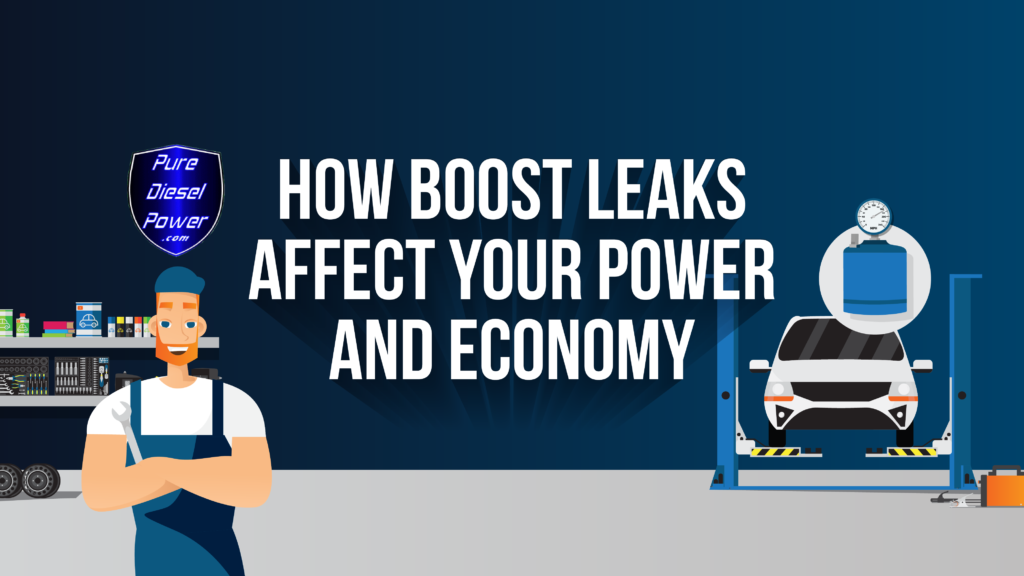You first need to know about Boost leaks because a few different things cause them. The most common cause of a leaky fuel tank in a vehicle is “drip”. This is where the liquid can seep underneath the fuel tank cap, usually through a hole or some small divider. This can be easily prevented by doing a couple of things, but the first step in preventing a leaky fuel tank is to make sure that your vehicle’s fuel tank cap is not cracked or dinged up in any way.
To fix a leaky fuel tank, you will need to do more than remove the damaged part from the fuel tank. First of all, you will need to get an oil and water separator or similar device to try and locate the source of the leak. This can be tricky because it can be hard to tell if the leak is coming from inside the fuel tank. There have been cases when people have found their vehicle to be leaking even though they did not find the leak until it had already been repaired. So to ensure that you do not end up fixing a leaky fuel tank, you will need to get an accurate diagnosis from an auto mechanic or dealer.
Once you have determined that your vehicle is indeed leaking fuel, you should determine what the leak is. There are several different ways this can occur: dirty fuel tank liners, excess gas, transmission problems, leaky fuel tanks themselves, or poor maintenance. It is essential that you try and repair or fix whatever is causing the leaky fuel tanks problem. If it is from dirty fuel tank liners, then the first thing that you will want to take care of is putting a new liner on the tank. The easiest way to do this is to use a dipstick – make sure that the fuel level in the car is below the recommended limit, then put a lid on the fuel tank and remove it.
For more information about boost leaks, check out this infographic.
Read More: Time to start looking for new winter tires

.png)